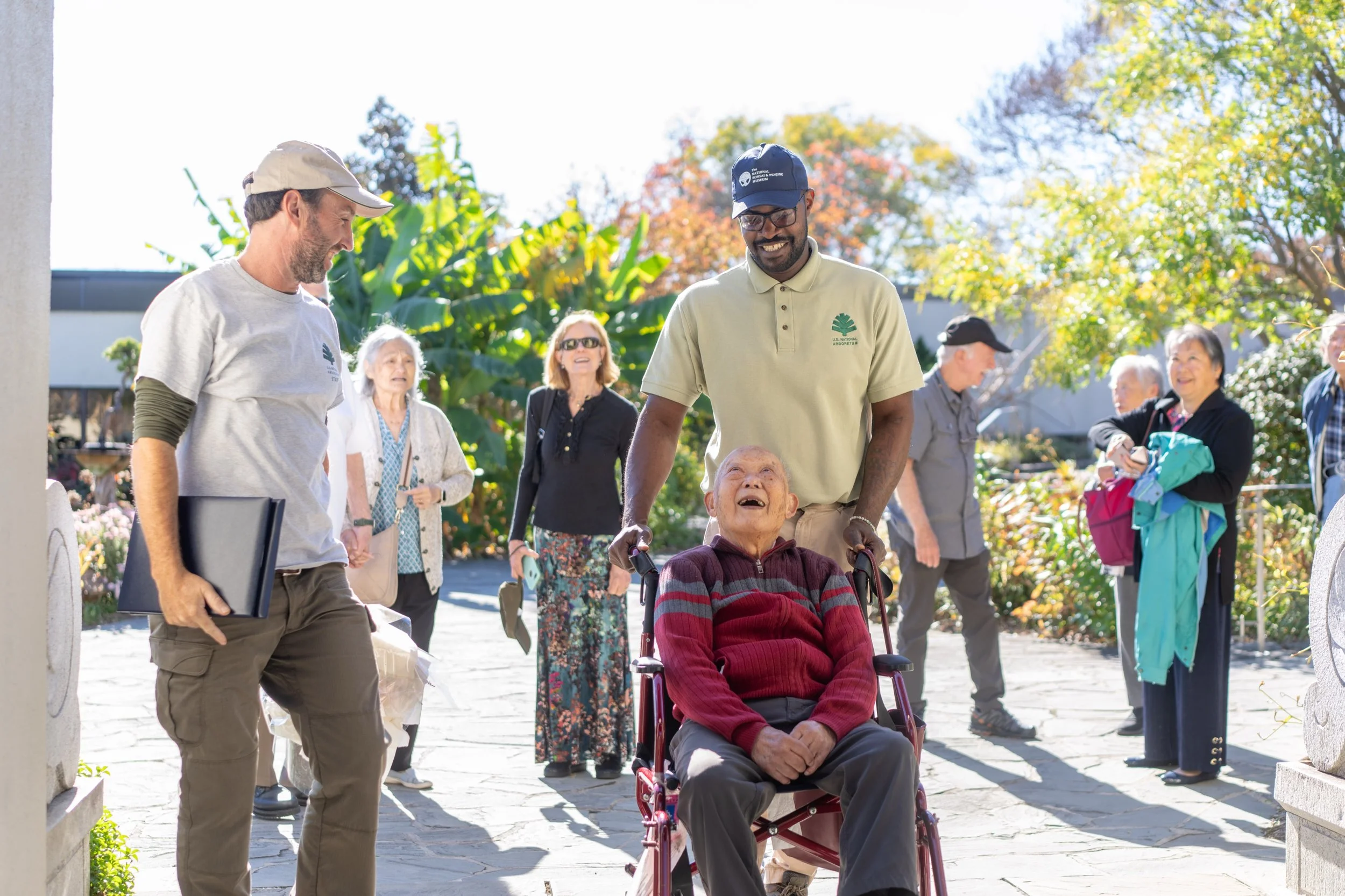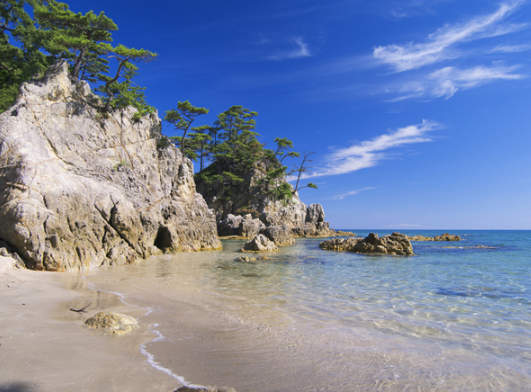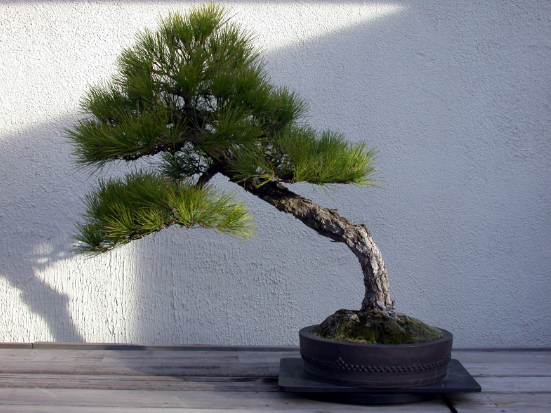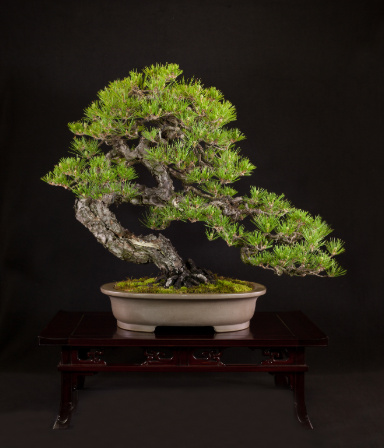The National Bonsai Foundation is seeking a part-time communications and social media intern to maintain and expand its online presence with the goal of recruiting donors and visitors to The National Bonsai & Penjing Museum. NBF is the non-profit supporting branch of the Museum, located at the U.S. National Arboretum in Washington, D.C.
The Museum began in 1976 when Japanese bonsai enthusiasts from the Nippon Bonsai Association donated 53 bonsai to the United States to commemorate the U.S. Bicentennial. More than 150 trees are now on display in the Museum's Pavilions, Tropical Conservatory, Special Exhibitions Wing and courtyard. Under the leadership of curator Michael James, the Museum is training the next generation of bonsai experts who have gone on to lead institutions in major U.S. cities.
The intern will be responsible for managing NBF’s social media accounts, assisting in event planning and promoting NBF and the Museum. They will work with our communications and executive team on social media strategy and will be expected and encouraged to implement their own ideas. The intern will be expected to commit to 15-20 remote hours per month, plus regular visits to the Museum. Applicants must be based in the D.C. area.
This is a paid position.
Responsibilities will include, but will not be limited to:
Writing content for our website and social media pages by documenting and attending Museum events, interviewing notable figures in the bonsai world and capturing “behind-the-scenes" experiences at the Museum
Creating and distributing a monthly/twice-monthly email newsletter, with occasional additional messages to promote special events or fundraising campaigns
Posting on and tracking analytics for our social media pages
Monthly marketing strategy phone calls with NBF members and communications leaders
The ideal applicant will have:
Extensive experience using social media for personal use and on behalf of a non-profit organization, like a museum
Strong writing skills
Familiarity with Squarespace, MailChimp, Eventbrite, Facebook Live, YouTube and social media apps like Facebook, Twitter and Instagram
An interest in bonsai, horticulture, Japanese culture, public gardens and the Washington, D.C. museum scene
Photo editing skills and graphic design skills
Excellent time management capabilities
Application requirements:
Resume
Cover letter
Links to portfolio or relevant work
Contact information for 1-3 reference(s)
Please send all items to aanapol@bonsai-nbf.org.





































